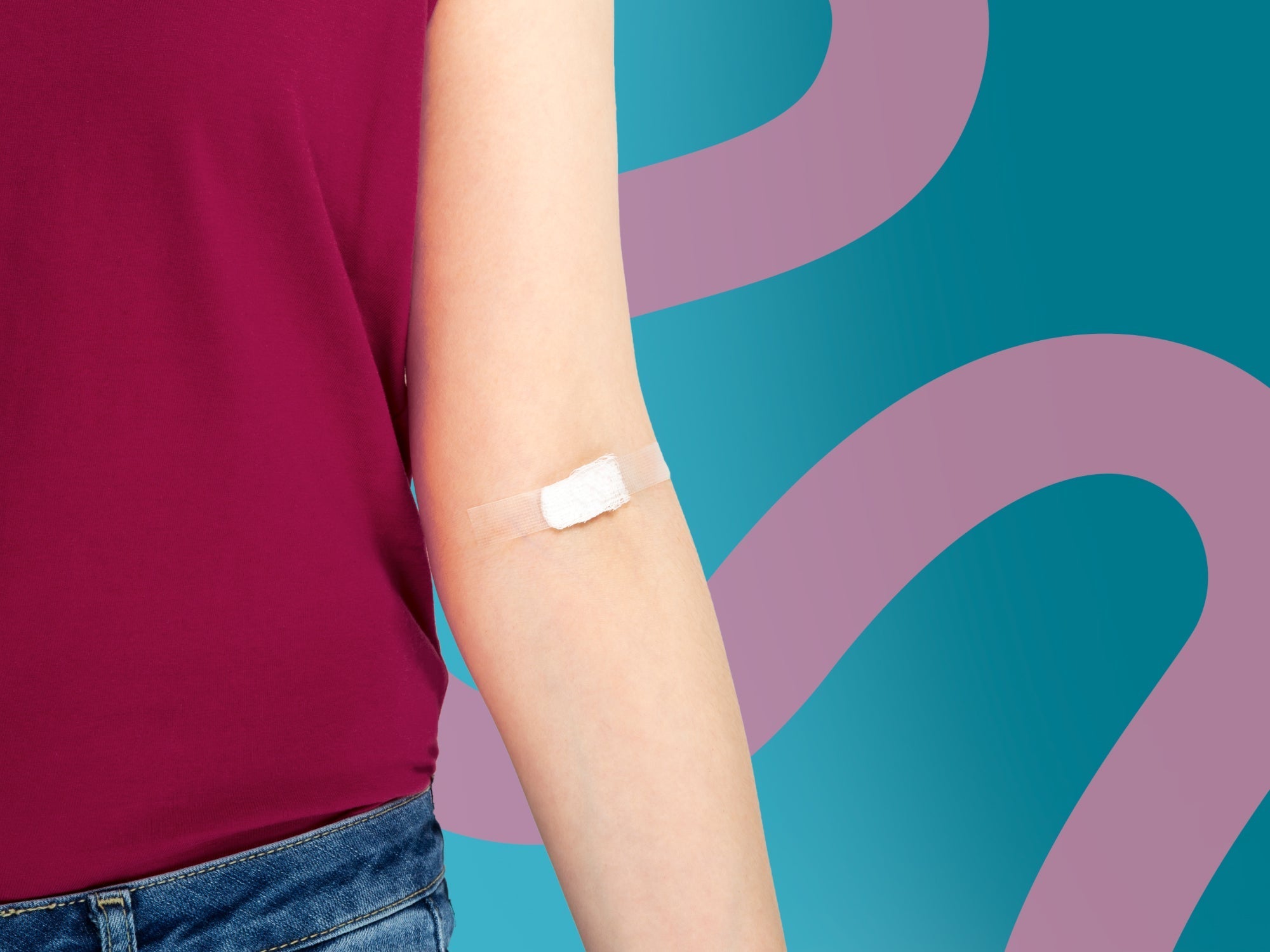A bad tan isn’t the only thing you have to worry about if you’re iron deficient.
Anemia and iron deficiency are often associated with being cold—and if you’re like us and have a handy basket of blankets at the ready no matter the season, you know exactly what we’re talking about.
You’ve also probably still felt a chill on days when it’s hot enough to cook eggs on the sidewalk, even when you’re not in the air conditioning. And when temperatures are reaching the triple digit mark, it’s not really advisable to wrap yourself up in extra layers.
In this blog, we’ll explain why anemic and iron deficient people need to be careful during a heat wave and how checking your hemoglobin levels with AnemoCheck can help regulate your internal thermometer.
Anemia, Iron, and Your Temperature
OK, we’re not talking about the temperature you take when you think you have a fever. As we mentioned, iron deficient and anemic individuals often feel cold, especially in their hands and feet. More extreme cases can produce overall chills.
We usually talk about iron’s role in delivering oxygen throughout the body, but one of its other functions is helping your body maintain a proper temperature, known as thermoregulation.
Put simply, your body has an internal thermostat that knows when to crank the dial up and when to put the temperature down in response to external factors (like your environment). But when your iron levels drop, the thermostat stops working as well.
Remember those times your dad yelled at you for touching the thermostat, even though it was freezing in the house? It’s essentially like that.
And since there’s no heat being pumped when needed, you’ll start to feel cold.
Anemia and the Heat
Now let’s pretend you’re enjoying a nice day on the beach. Someone without anemia and sufficient iron levels will know when they’re feeling hot, and have to take a sip of water or find some shade.
With iron deficient or anemic individuals, it may not be that simple. In extreme cases, these people may not be able to tell that they’re experiencing high temperatures.
Again, thermoregulation helps our body maintain a safe internal body temperature and it responds to our environment (among other things). Someone who has poor thermoregulation, like those with low iron levels, may not be able to tell that their body temperature is rising and therefore they either need to sip some water or go find shade.
This could lead to heat exhaustion and, in extreme cases, heat stroke.
Here are a few signs of heat stroke:
- Increased body temperature.
- Mood changes or erratic behavior
- Dry or slightly moist skin
- Nausea and vomiting
- Flushed skin
- Rapid breathing
- Rapid heart rate
- Headaches
You may notice that heat stroke shares some symptoms with anemia, and that’s because high temperatures can actually affect your red blood cell’s abilities to do their job properly, which could lead to an onset of anemia-related symptoms.
Bring AnemoCheck Mobile in Your Beach Bag
You know how weather forecasters can predict temperatures days in advance? AnemoCheck Mobile can do the same (albeit not as far off into the future) by instantly checking your hemoglobin levels and letting you know if your thermostat is out of order.
Click here to download AnemoCheck Mobile from the iOS and Android app stores.




Leave a comment
This site is protected by hCaptcha and the hCaptcha Privacy Policy and Terms of Service apply.